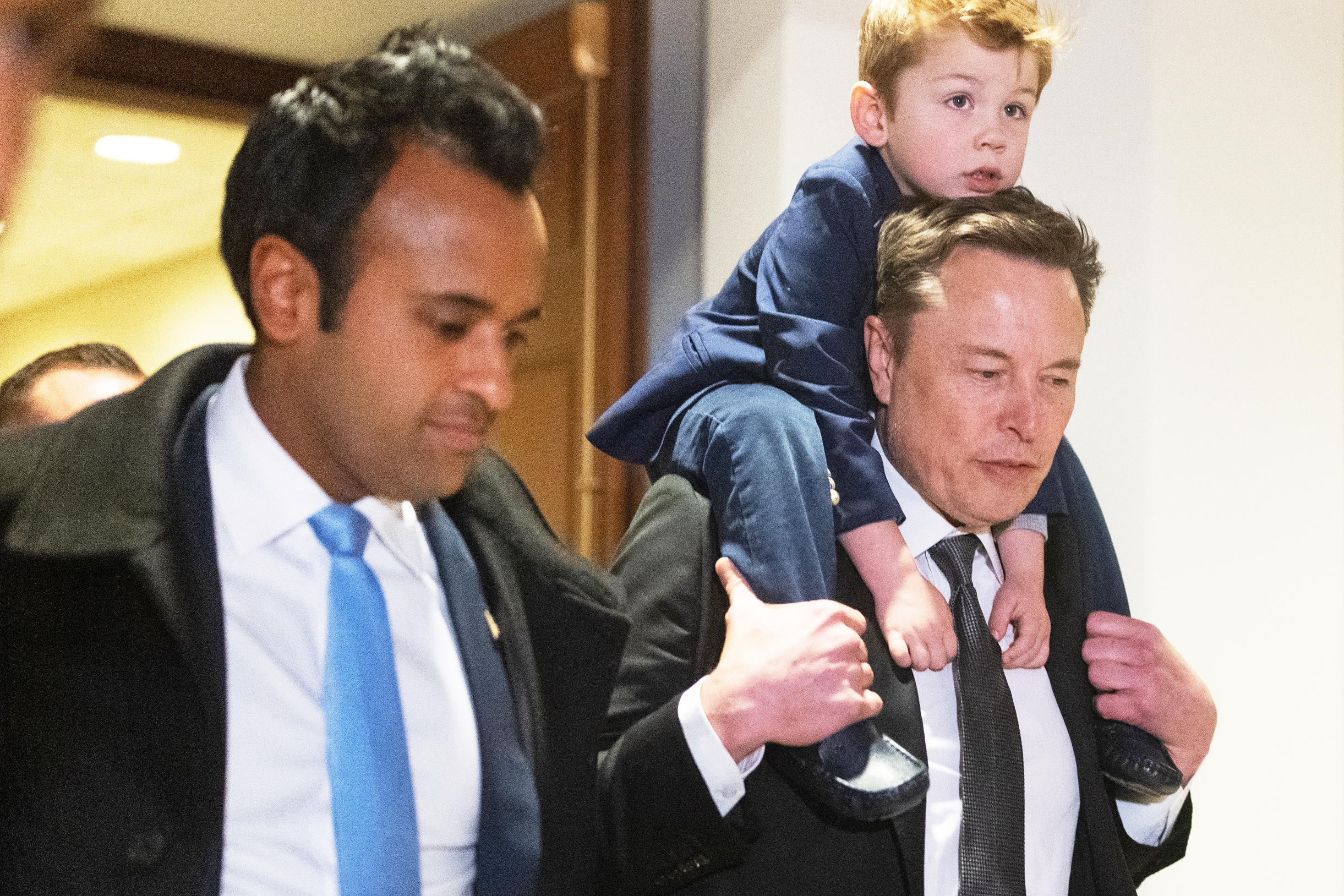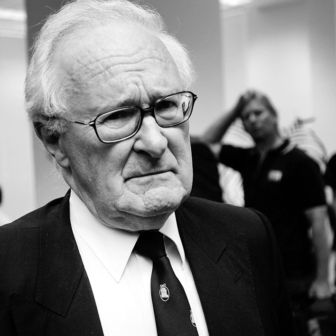Two narratives compete about public administration.
One is captured by Georgetown University’s Dan Honig in his new book, Mission Driven Bureaucrats. It assumes government can make a positive contribution for citizens and society, and that officials are typically dedicated and understand their communities well. Given the right incentives, scope to innovate and appropriate people management, they will achieve remarkable results.
Like all human organisations, government is far from perfect, but Honig provides neat summaries of high-performing public programs, helpful case studies of success, and a guide to recent research on motivation and organisational design. He draws on examples from around the globe, with an emphasis on good practice in less wealthy nations, to highlight public services at their best. His explicit aim is to achieve even better outcomes for citizens.
The alternative narrative is sceptical about the entire project. Indeed, it portrays government as an inherently inefficient drag on prosperity, ripe for disruption. This view was summed up during the American election campaign when Donald Trump promised a Department of Government Efficiency. The new agency — “The Manhattan Project of our time,” in the president-elect’s words — will “dismantle government bureaucracy, slash excess regulations, cut wasteful expenditures and restructure federal agencies.”
Leading this effort will be two entrepreneurs, Elon Musk and Vivek Ramaswamy. “All government spending is taxation,” says Musk. “Your money is being wasted, and the Department of Government Efficiency is going to fix that.”
Trump’s chance to apply this sharply different narrative makes 2024 an interesting moment to publish a book arguing that empowered officials can make a positive contribution. Honig wants to demonstrate that good practice can happen in many settings and make real the promise of bureaucracy with a human face. He personalises this argument with studies of individual public servants, including a budget director from Uganda, a senior personnel manager and a social auditor from India, a forest ranger from Brazil, a human resources director from the South African Revenue Service, a South Sudanese chief statistician, and a commissioner from Pakistan.
But Mission Driven Bureaucrats is no simple apologia. Honig knows that a traditional compliance approach — the top-down management style favoured by many businesses — reinforces all that is wrong with public administration. Better government requires officials to be empowered. This is an active process, not just a management formula. Empowerment happens when government agencies align mission with personal responsibility, focus on individual motivation, seek to attract outstanding staff, and set metrics that expand rather than constrain performance.
Most examples in Mission Driven Bureaucrats show an empowerment approach planned and implemented thoughtfully. But others seem more like serendipity. For example, the Global Survey of Public Servants finds that Thai officials who work in local districts are among the most highly motivated. When interviewed, these officials display “a great sense of purpose, expertise, and competence.” Asked why they applied for the role, most cite the official mission of Thai local government, Bambat Tuk Bumrung Sook — to “alleviate suffering and nurture wellbeing.”
Honig acknowledges that these district officials are so successful because the otherwise centralised and hierarchical Thai bureaucracy in far-away Bangkok has little reach into local administration. These on-the-ground officials find ways to work with village chiefs, and their immediate supervisors coordinate rather than control. Autonomy allows them to pursue their mission.
Not every official flourishes amid such ambiguity, of course. Some lack the skill to improvise or an appetite for risk. A key finding of Honig’s research is the importance of exit: don’t load up a public organisation with people unsuited to the task.
The Thai example is both encouraging and a potential challenge to Honig’s analysis. Much can be learnt from an unintended success, but local lessons may not translate when applied more widely. Honig acknowledges that empowerment-orientated reforms are not always the best option, but his research also finds that public servants are motivated to help citizens. They just need the right organisational forms to flourish. It takes bold pioneers to transform the public service, but “build it and they will come” is the book’s ethos and closing lesson.
Mission Driven Bureaucrats offers an optimistic view of public servants and citizens, and a program to improve organisational design. It argues that politicians who set ambitious goals and authorise officials to innovate will earn the gratitude of citizens. In one interview Honig evokes Ted Lasso — a public manager who consults widely, listens to ideas from everyone on the team, and empowers junior colleagues to make decisions. Above all, the team needs a mission, something to believe.
Perhaps the promised Department of Government Efficiency will adopt such principles. But it seems unlikely, since the two narratives are founded on very different premises about what a public organisation can achieve. One seeks to improve from within, the other to close down whole areas of government. For those interested in public administration, this is the fundamental divide. It will be the clash for our times. •
Mission Driven Bureaucrats: Empowering People to Help Governments do Better
By Dan Honig | Oxford University Press | £19.99 | 264 pages




